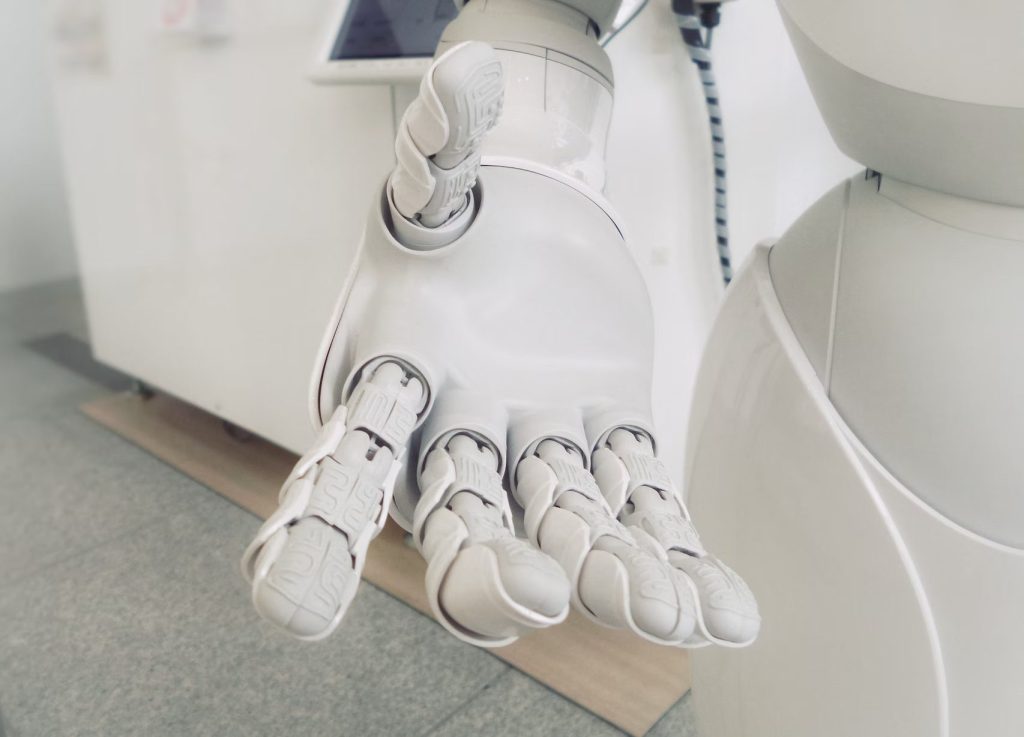How Robotic Process Automation Empowers Human Resource Operations

Last Updated on December 8, 2023 by admin

Human resource operations are crucial to the success of any organization. To effectively manage these processes, HR professionals must have access to a wide range of tools and resources that enable them to efficiently onboard new hires, manage employee data across departments, and provide better customer service for their employees. Robotic process automation (RPA) is one such tool that can help human resource professionals achieve these goals by automating repetitive and time-consuming tasks.
Here’s how RPA is empowering human resource operations:
Automated Onboarding
Automated onboarding is a process that allows you to automatically create employee profiles, set up employee benefits, and manage payroll. It can also automate sending welcome emails, creating employee accounts, and setting access.
Automated onboarding helps you create a seamless experience for new employees by providing them with all the information they need before they even arrive on your team. This means that there will be no lag time between when an employee gets hired and when they start working – which can save companies time and money because it eliminates the need for manual tasks such as creating accounts or manually entering data about each new hire into an HR system.
Moreover, even employees will be satisfied with data availability, making the onboarding process smooth and efficient. An average US employer spends around $4,000 and 24 days to find a new hire. However, data shows that negative onboarding experiences can lead half of the new hires to look for new opportunities shortly.
Data Integration
Data integration is the backbone of any organization. Around 80% of enterprise business leaders state that data integration is vital for running business operations seamlessly. When workers have to access multiple data sources, it can be a nightmare for your HR department. This is where RPA comes into play.
RPA can access, scan, and update data sources and bring all the updated data to a single platform. Thus, HRs can access all the vital information from a single point of view, reducing potential loopholes and misinformation.
However, this is not as easy as it sounds. Businesses need to identify processes that can be automated with the help of RPA. Next, they must develop an RPA solution to address their specific needs. Hence, it is best to hire professionals for the job.
Hiring a professional RPA consulting and IT solutions company will enable you to develop a customized RPA solution for your needs. You can hire a company like IT Ally LLC or someone who can offer similar services. Siring such a company ensures you can get all the required IT-related services under one roof. Moreover, since these companies have the necessary experience and knowledge, they can ensure RPA implementation success so that your money and time are not wasted.
Improved Employee Management
Robotic process automation can reduce training costs by enabling employees to learn new tasks faster through simulated scenarios. It can also help reduce administration costs by automating repetitive manual processes, such as payroll and leave payment processing.
In addition, it helps improve employee engagement by giving them easy access to the information they need when they need it. This means that HR staff members can respond more quickly and efficiently, leading to happier employees who feel less stressed about their responsibilities.
Engagement is crucial for business success and productivity. However, the sad part is that most organizations have low employee engagement. According to a recent Gallup report, only 36% of employees are engaged in the workplace, while 51% are disengaged, and the remaining 13% are actively disengaged.
Better Employee Experience
One of the most significant benefits of RPA is its ability to help employees focus more on the work they love. By automating repetitive tasks and removing mundane processes, you can free your team up to focus on core business activities, the real meat of their work.
A happier employee base is a healthy one, as well. When employees are engaged in what they’re doing, they’re more productive and tend to be happier with their jobs overall. A Gallup report shows that high employee engagement can increase profitability by 21%.
By letting HRs focus on what matters most for your organization, i.e., interviews and sourcing candidates, you’ll improve your business’s bottom line and build stronger relationships with your workforce.
Organization-Wide Benefits
While RPA is revolutionizing the HR department, it can also have numerous benefits across the organization. RPA is a powerful tool that can help your organization achieve various benefits, including increased productivity.
RPA software efficiently automates repetitive tasks, freeing your employees to focus on more important work. For example, it might automatically enter data into spreadsheets or schedule meetings based on the availability of attendees. This makes it possible for employees to complete tasks much faster than they would by hand, which means more things will get done in less time, and you’ll be able to meet deadlines that would otherwise slip past you due to a lack of manpower.
You’ll also see fewer errors as a result of human error when using RPA. This helps reduce costs associated with rework and correcting mistakes later down the line. Organizations can expect positive results not only from higher output but also from better customer service. Employees can focus more on customers when they get more free time due to less repetitive work. This improves the turnaround time on queries, enhancing the overall customer experience. This is important because 80% of customers said they had switched brands because of poor customer experience.
Final Thoughts
Robotic process automation is a technology that automates repetitive and time-consuming tasks. It is not a replacement for human beings, but it can be used to automate tasks currently done manually or by software. According to Gartner, 90% of large organizations globally will adopt RPA by 2022.
RPA may sound like science fiction at first glance, especially if you’re unfamiliar with the concept. But once you understand what this technology can do for your organization (and why), you’ll agree that it’s here to stay.
RPA is a great tool that can help HR departments save time, improve productivity, and enhance the experience of their employees. If you haven’t already started leveraging the benefits of RPA, it’s time to start doing so before others get a competitive advantage over your company.
Apart from this if you are interested to know about RPA automation solutions then visit our technology category.


